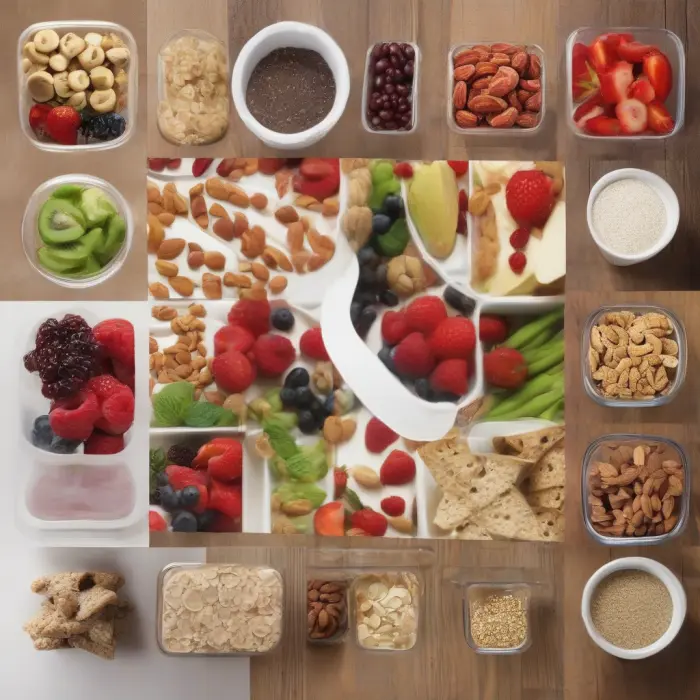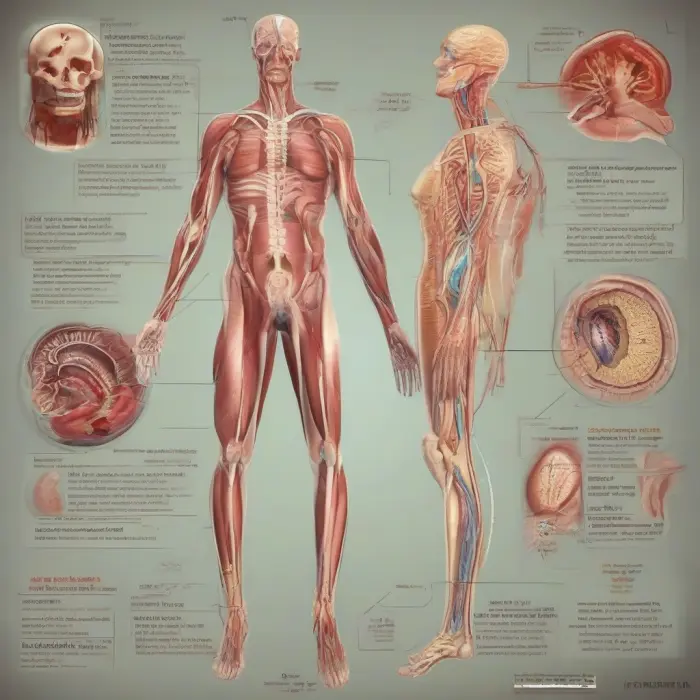Introduction
You don't have to be a professional scientist or hold any specific type of degree to conduct exciting science experiments. You can perform cool and meaningful science experiments right at the home, using common household objects. A little curiosity and a willingness to experiment is all you need to start your journey into the incredible world of science. In this guide, we will explore how you can perform cool science experiments at home.
Precautions
Before embarking on any experiment at home, it’s essential to follow safety rules. Wear a pair of protective goggles and a lab coat if you have one. Always supervise children while conducting experiments, and make sure they know the importance of safety.
Egg in a bottle experiment
To demonstrate the principle of air pressure, the egg in a bottle is a classic science experiment you can easily perform at home. Here's how you do it:
- Take a hard-boiled egg and a bottle with a mouth a bit smaller than the diameter of the egg.
- Light a small piece of paper and drop it into the bottle.
- Immediately place the egg onto the mouth of the bottle.
- As the paper cools, it should create enough suction to pull the egg inside the bottle.
Making homemade slime
This is a fun experiment that kids love. It's also a great way to learn about polymers. Here's what you need to do:
- Take a bowl and pour 1/2 cup of glue.
- Add a few drops of the food colouring of your choice.
- Now, add 1/2 cup of starch and mix well until you get a sticky dough.
- Keep the dough in a safe place and let it rest for a day.
The next day you noticed the dough has a slimy texture, that's your homemade slime, and it's a safe toy for kids to play with.
Candle water experiment
This simple experiment demonstrates the oxygen-consuming nature of fire.
- Light a candle and place it on a dish.
- Carefully pour some water into the dish, making sure not to pour it on the candle flame.
- Now, cover the candle with a glass jar. You will notice that the water level in the jar will start to rise after a while. That's because the flame consumes the oxygen in the jar, decreasing the air pressure inside it and causing the outside pressure to push the water into the jar.
Conclusion
These are just a few examples of the kind of cool experiments you can do at home. They not only entertain but also educate in a fun and interactive way. Remember, the goal isn't to stick strictly to the instructions, but to ponder, hypothesise, experiment, observe and learn.










